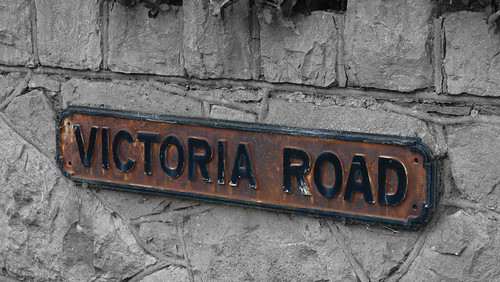
The damming indictment of the Communities First Programme by the Welsh Assembly's Public Accounts Committee will come as no surprise to many people in the Colwyn Bay area. It was revealed that "Two-thirds of the money has been spent on administration and staff, when more money should be reaching the people most in need". Can anyone point to the tangible results of Communities First's involvement in the Colwyn Bay area?
My impression upon visiting the Communities First office in Colwyn Bay was that the group of very well paid staff exist in some form of alternate reality in their comfortable little Station Square bunker. Colourful artists impressions of future projects/schemes cover the walls, completely at odds with the squalor of the real world of Colwyn Bay's streets outside their front door.
We had visited them in order to discuss funding for our community environmental group, after seeing a glossy leaflet inviting local community groups to contact them.
Unfortunately, I got the distinct impression that it was all some form of charade and they didn't actually want to give anyone any money. Bear in mind that an environmental group only really needs tools/equipment, materials and plants in order to carry out its work. We were told that...
We couldn't have a grant to buy tools because 'they could be used outside the Communities First area'.
We couldn't have a grant to buy materials 'if they were to be used on Council owned land'. Hmmm, given that pretty much all the public land in the Colwyn Bay area is owned by Conwy Council, that's a tricky one to overcome!
We couldn't have a grant to buy plants...you guessed it... 'if they were to be used on Council owned land'.
So, a complete waste of our time and, from what I hear, several other community groups' time as well. The Communities First programme has cost £214m - what a waste of taxpayers money.
"the programme has been accused of adopting a top down approach that has largely focused on the administration of the programme and becoming yet another bureaucratic jungle for individuals and communities to navigate through. Such organisational and operational problems have culminated in the scandalous position of £6 million of Communities First funds allocated to our poorest communities being returned unspent to the Assembly Government last year (2006)".
Edit: Since I made the original post, I have been made aware of individual Communities First projects that are working hard to deliver the benefits to the local community that they were designed to do, so my blanket condemnation of the scheme was perhaps a little too harsh. It's probably fair to say that WAG needs to be keeping a closer eye on the projects that are not delivering and give them a boot up the proverbial, as their lack of results is giving the entire scheme a bad name.









.jpeg)










